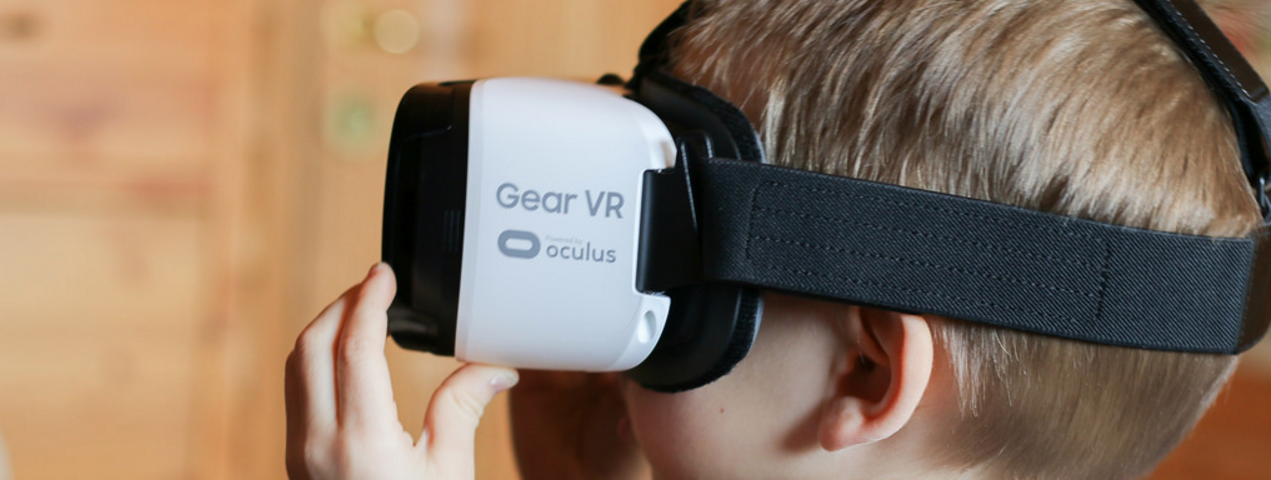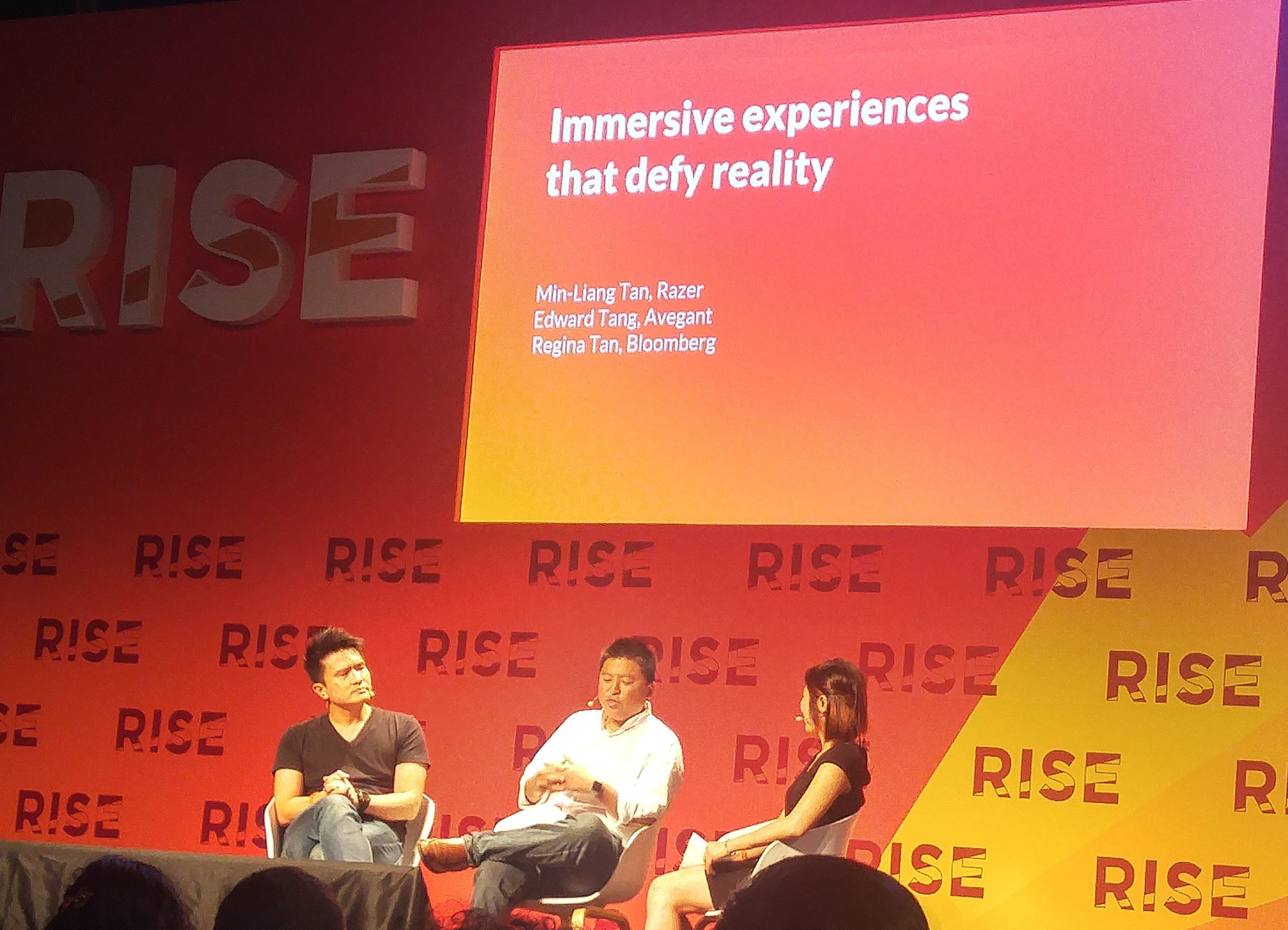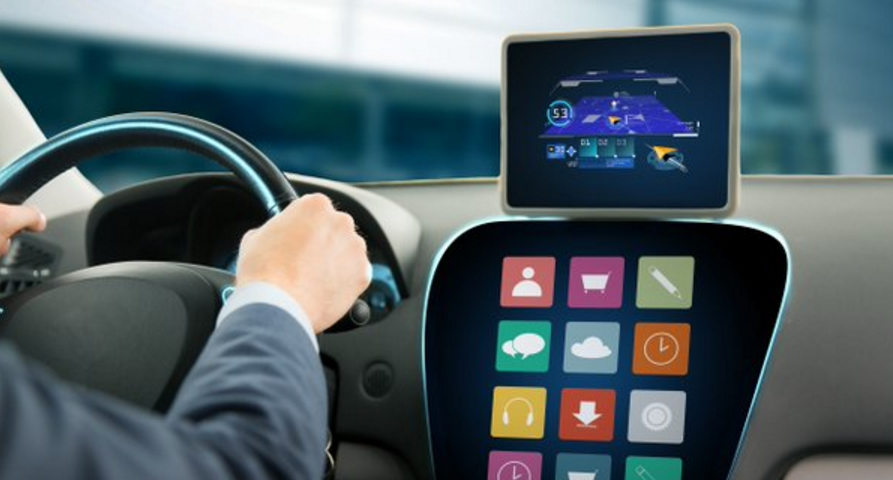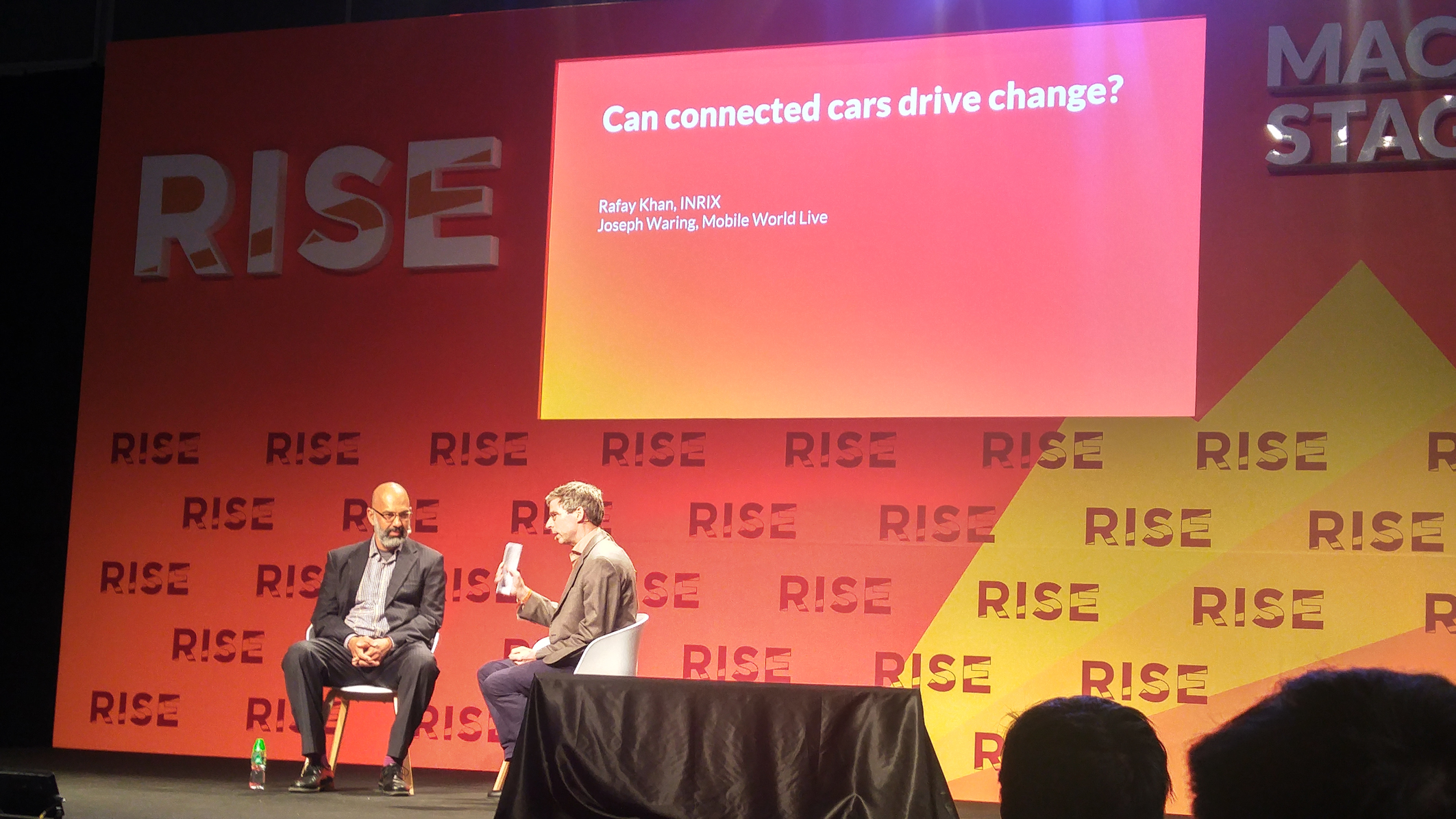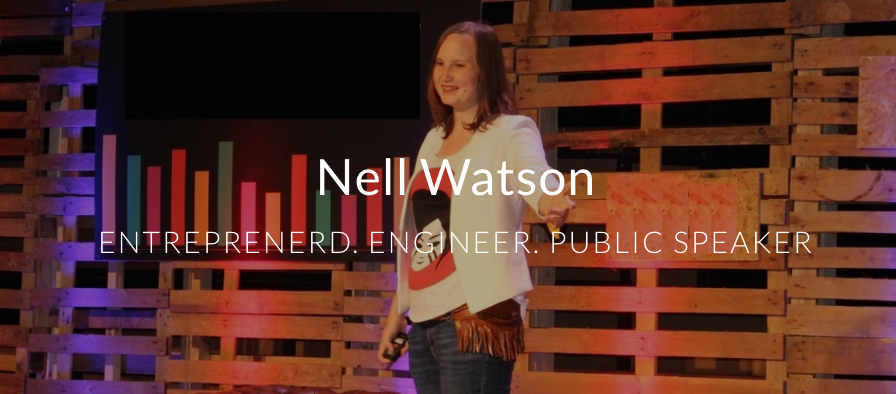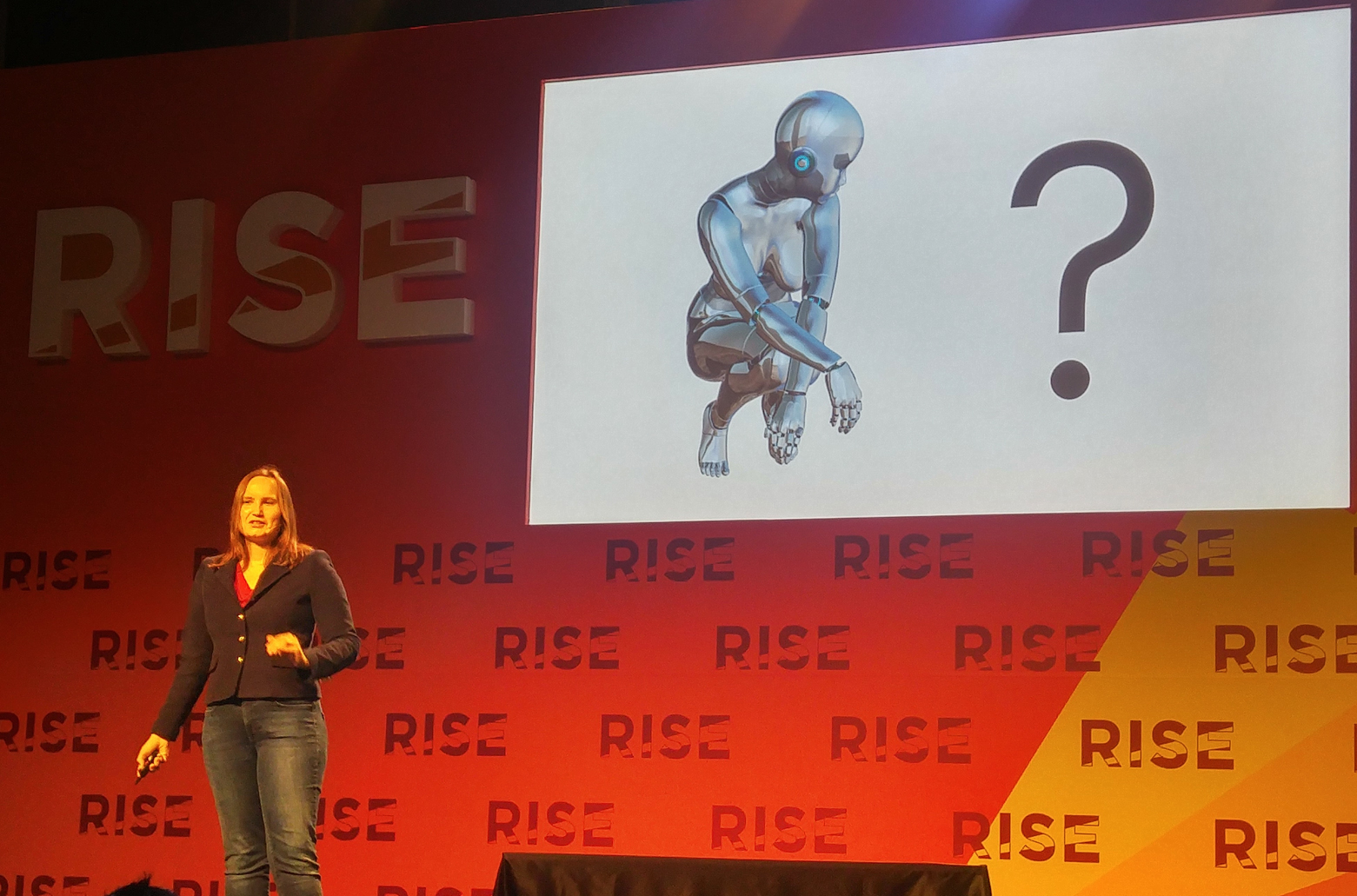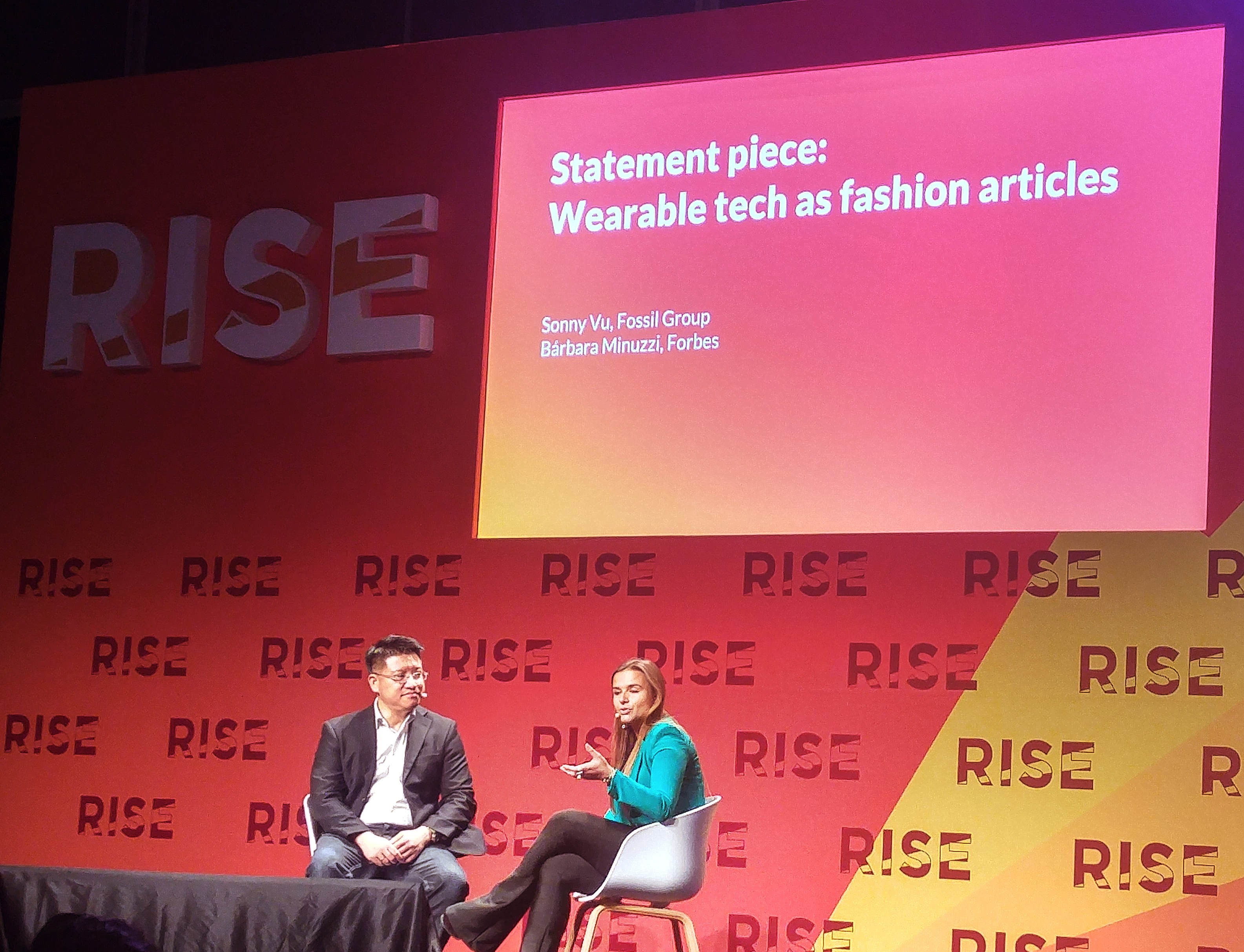Rise Conference 2016, 31/5 13.20-13.45, Machine Stage
Min-Liang Tan (Razor), Edward Tang (Avergant), Regina Tan (Bloomberg)
There is a revolution happening in immersive content and entertainment. From virtual to augmented reality users can jump into new worlds either entirely or while keeping a foot in the real world. Razer is backing an open-source approach in an attempt to become the Android of VR, while Avegant’s Glyph has been referred to as a home theatre that attaches to one’s face.
My favourite tagline lately is, “Perception is reality”.
Virtual Reality is not just about wearing a giant goggle to play video games. Virtual reality is about living in your world of choice. If Mickey Mouse is about making the dream come true, then Disney World theme parks are about the immersive experience in such dream. Avatar is taking this concept to the next level: plugging a cord into your body, so that you can control an Avatar drone and live in the Avatar world. The Avatar World is so real that your identity in such world overshadows that in the reality. Which world is reality, anyways, when one has a stronger identity in one over another?
How about the movie Inception, in which you could just sleep tight and travel to another reality as you wish? You had a choice to stay in your dream, or wake up. You if you choose to stay in the dream forever, you are in coma in essence.
Technology advances are making the virtual reality more real. Is it good or bad? One example quoted in the discussion was, if the VR device is creating a cliff so real that, when in virtual world you walk towards that cliff, your fear accumulates. Would the fear create a lasting psychological effect after you take off the VR device?
On a positive note, Inside Out is one of my favourite movie. Isn’t love about creating lasting joyful experiences for your loved ones? How about taking your loved ones for a virtual journey together? When virtual reality of one is connected to another, and different people can interact, how about a virtual tour together to navigate the ocean with Nemo?

